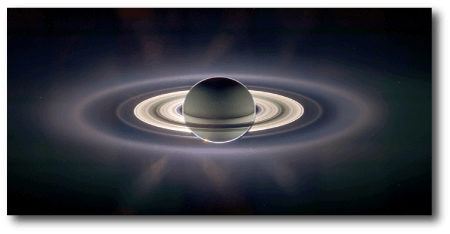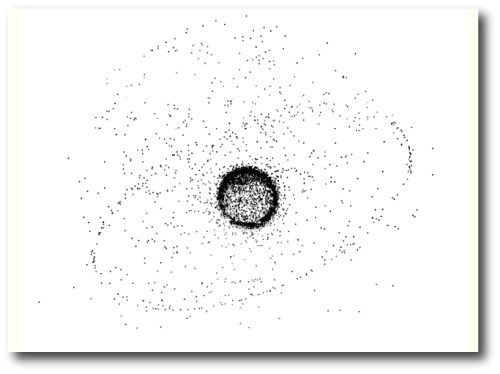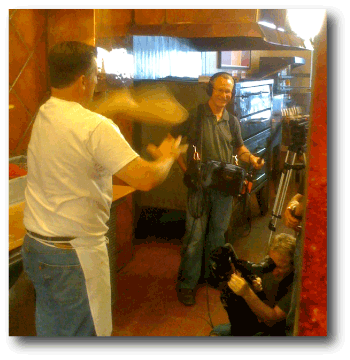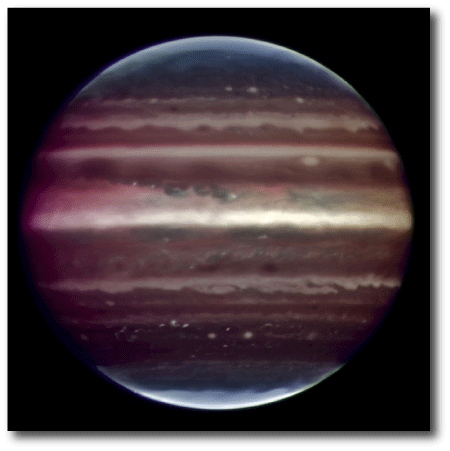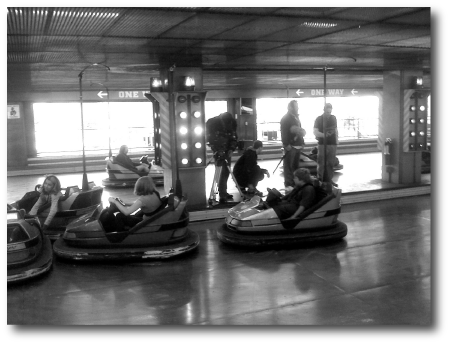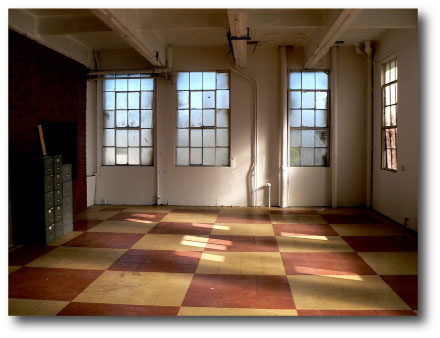
We’re back on line after a skin-crawling attack that exploited the WordPress installation to rebrand the oklo.org name as synonomous with the latest in spamware. I noticed the problem yesterday morning, and took the site offline. Buried in the WordPress .php scripts, I found a piece of code that looked like this:
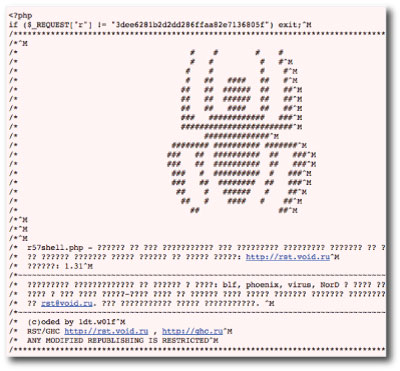
Luckily, the MySQL database seems to have been unaffected, so I did an rm -rf * and started from scratch with the latest WordPress.
It’s been a rather apocalyptic-themed week: Russian hackers attack oklo.org, the University of California is disentigrating under the weight of repeated budget cuts, and on Tuesday, I went to Los Angeles to film a segment for a History Channel episode describing how the Earth would fare in the sudden absence of human presence. My particular interview focused on what would happen to the geostationary satellites over a timescale of weeks to months to years. The filming was done at an abandoned hospital, which was one of the creepiest places I’ve ever seen.

